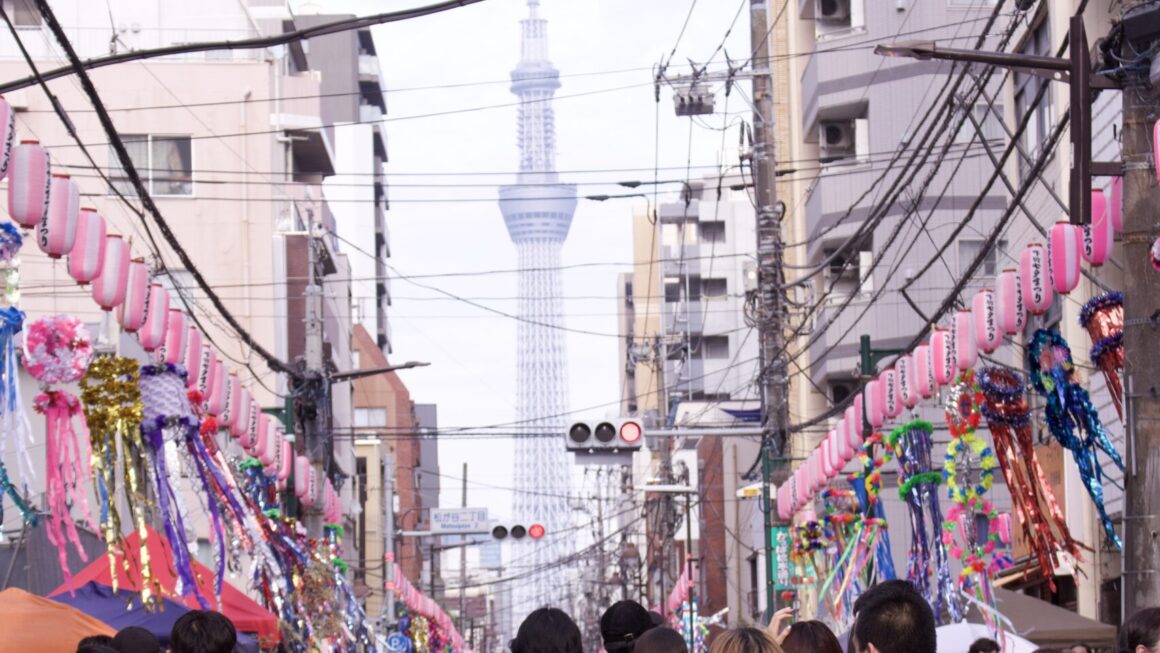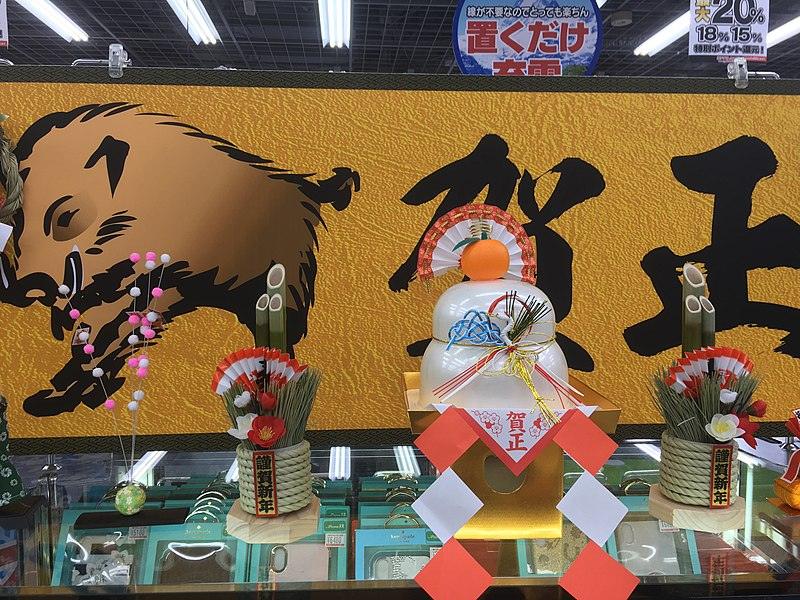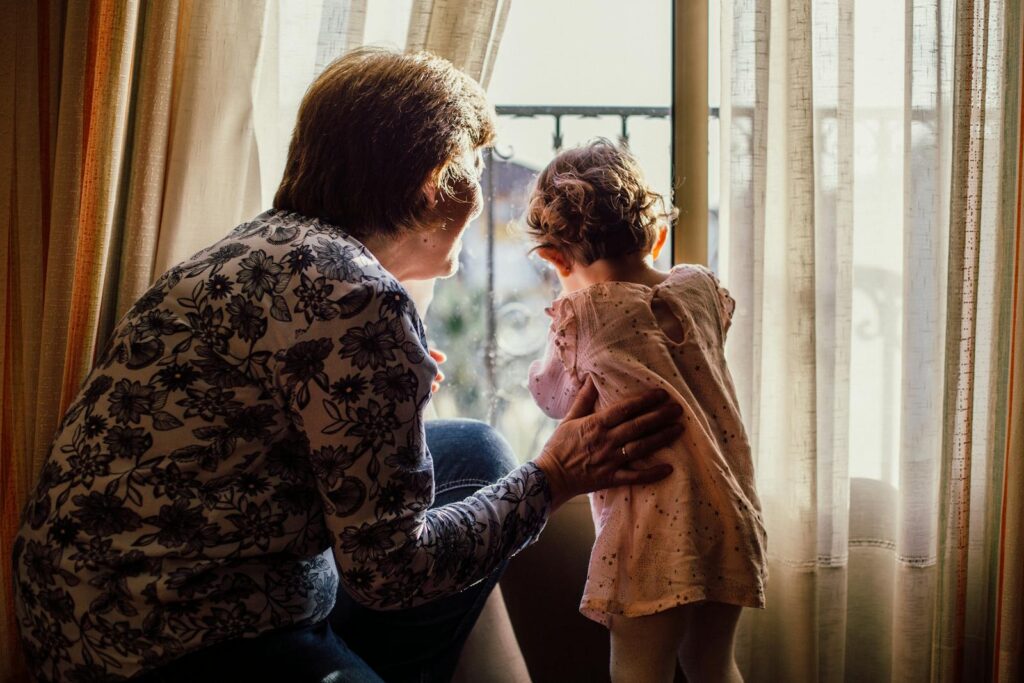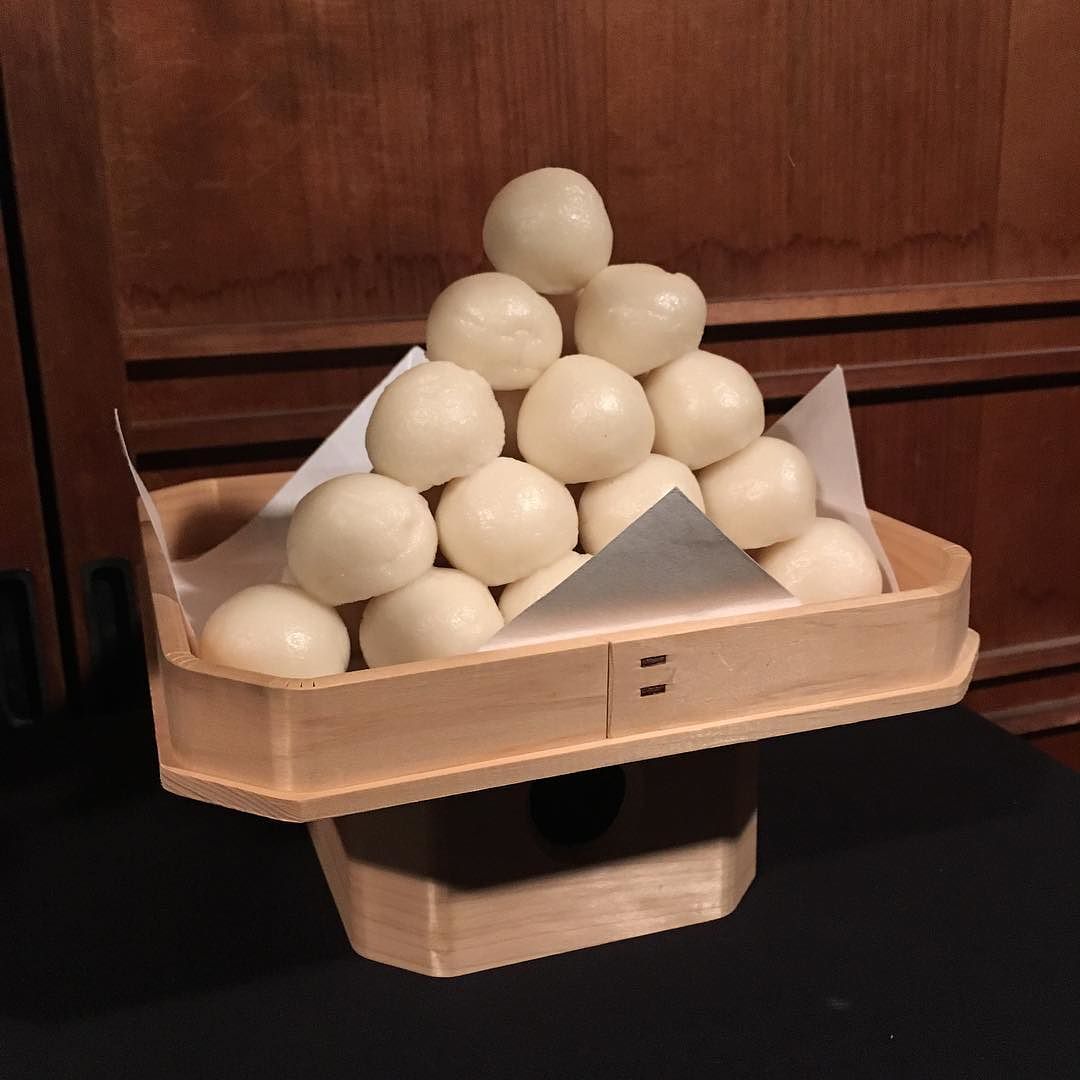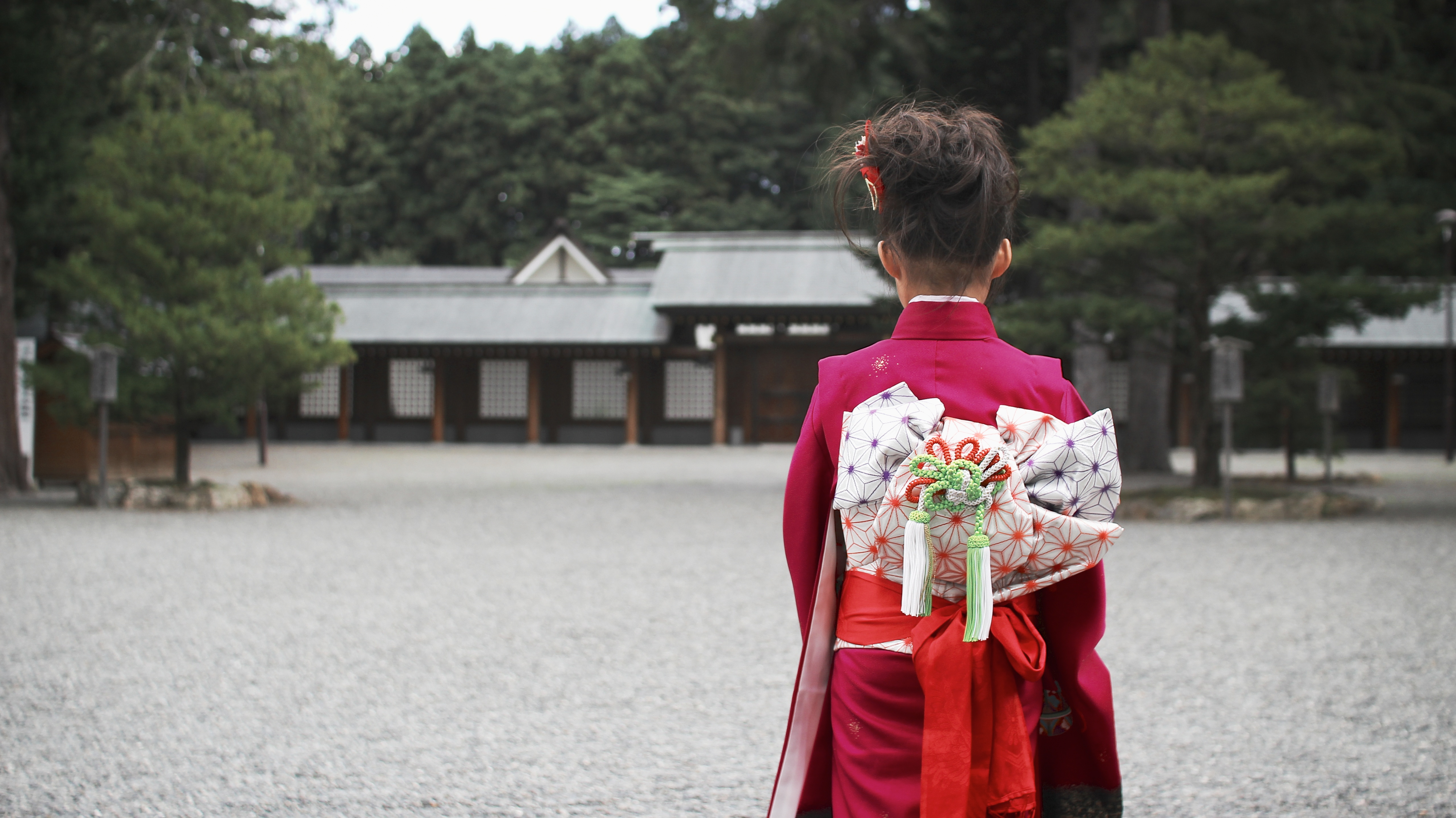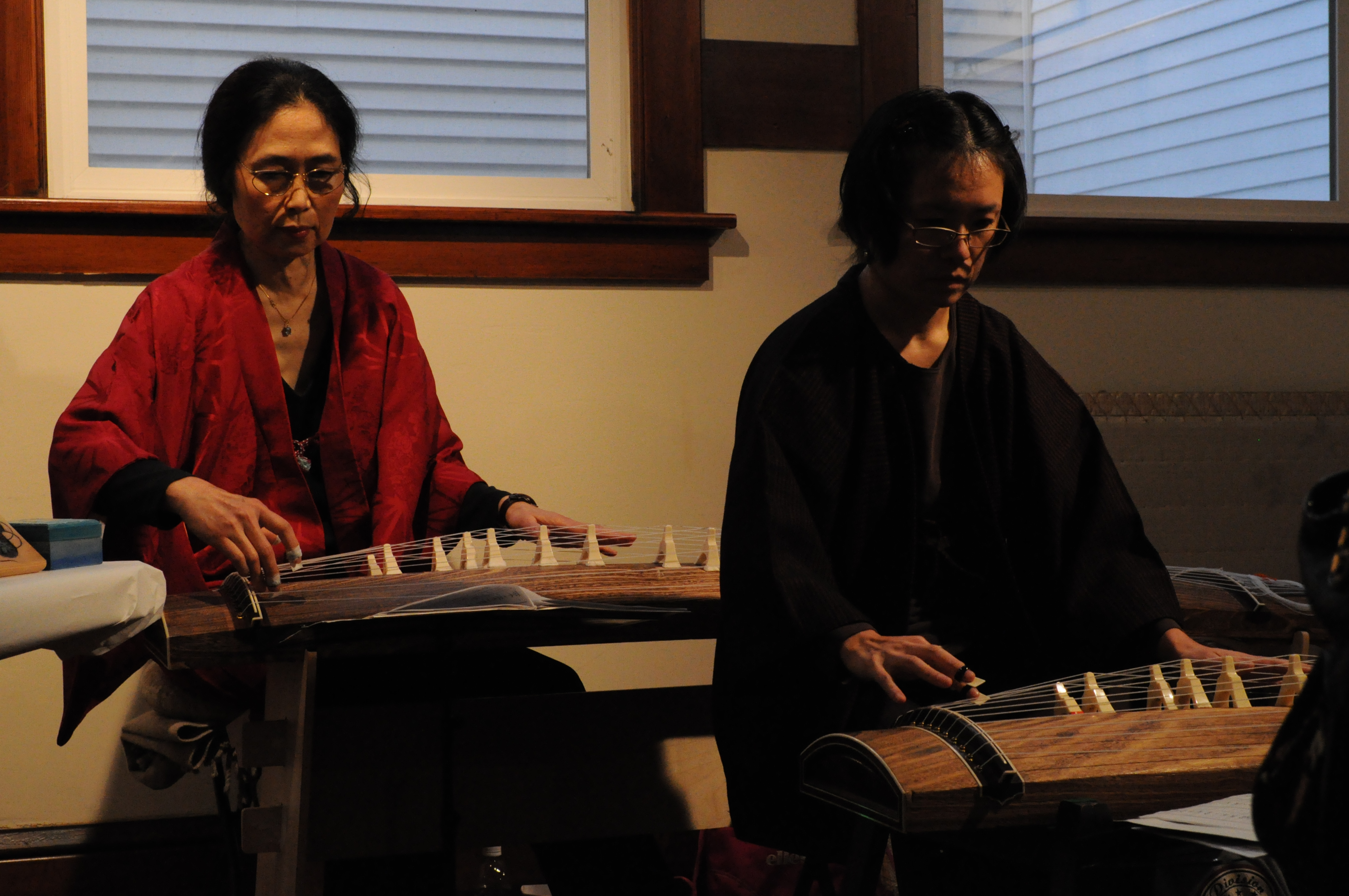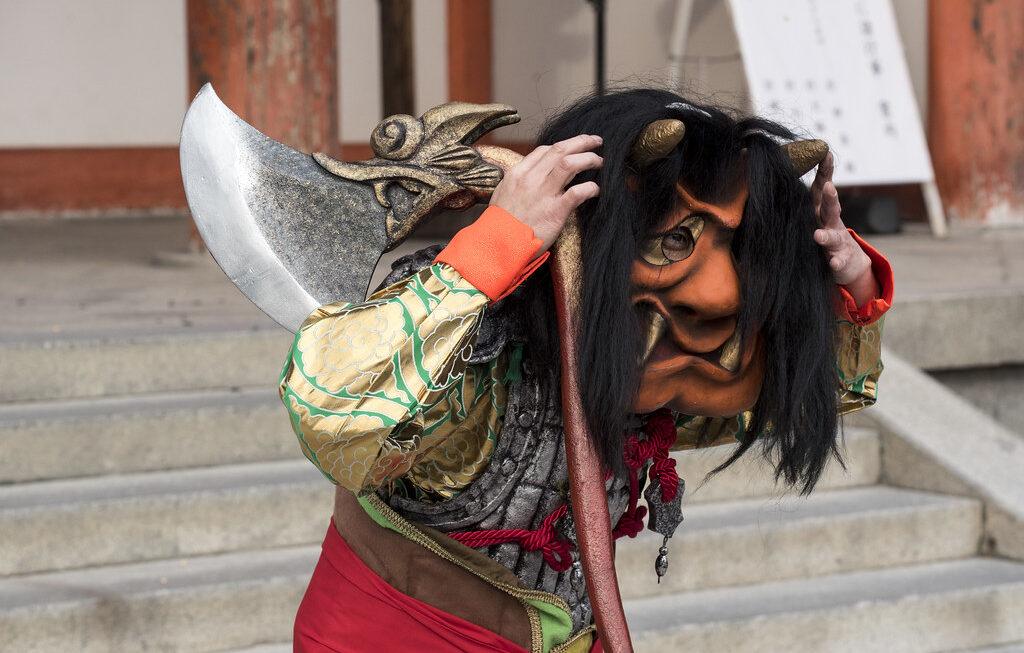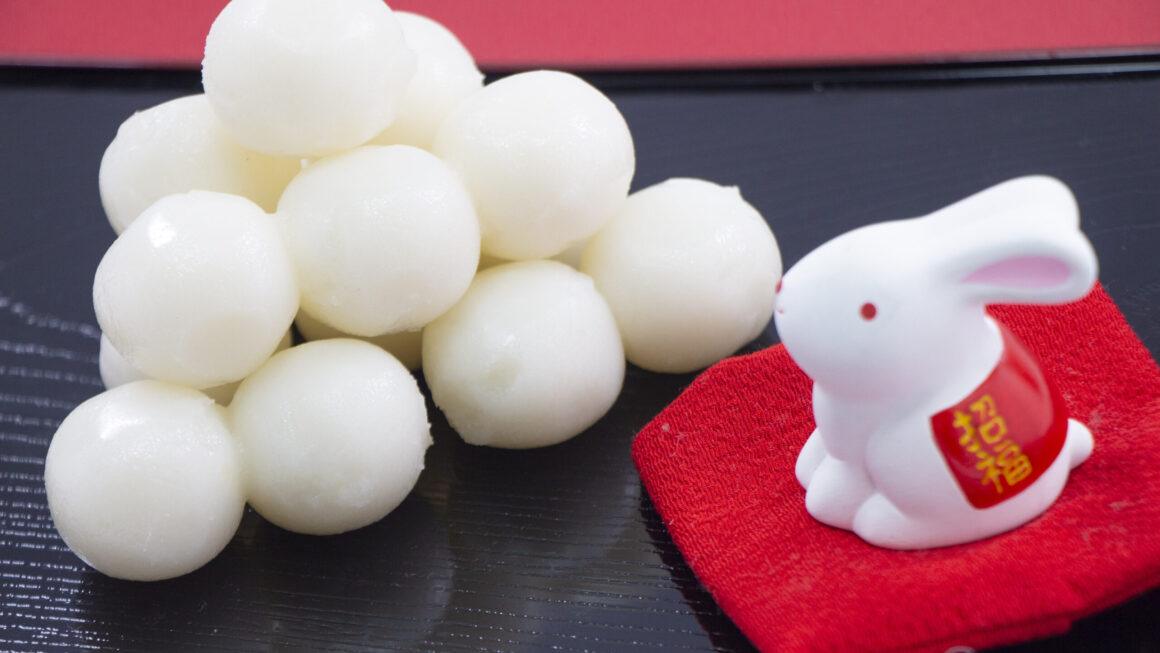Living in Japan as a foreign mom is like constantly being thrown into a whirlwind of Japanese holidays, festivals, and traditions that I had absolutely no idea about before moving here. I mean, sure, I knew about cherry blossoms and maybe a few big things, but no one warned me about the real work of trying to keep up with all these holidays—especially with a kid in the mix.
If you’ve got a little one like me, you probably feel the pressure to make sure they don’t miss out on anything important. After all, I don’t want my son to be the only kid in class who doesn’t know why everyone’s tossing beans at him or why suddenly everyone’s dressed in kimono and heading to shrines. So, let me break it down for you, month by month. Think of this as your cheat sheet for Japanese holidays from January to December, with some real-life mom commentary sprinkled in!
January
Oshōgatsu (New Year’s) – January 1 to 3
Oh, Oshōgatsu. It’s basically Japan’s version of Christmas, but more chill, and it lasts three days. The entire country shuts down for a family-oriented New Year’s celebration. There’s no countdown, no fireworks (disappointing, I know), but there’s a lot of mochi and reflection. People visit shrines (hatsumōde), and it’s all about praying for good fortune in the year ahead. For us moms, it’s a time to make sure your kid knows to say, “Happy New Year” in Japanese (Akemashite omedetō) and look cute in photos.
Seijin no Hi (Coming of Age Day) – Second Monday of January
This is the day when all the 20-year-olds in Japan put on fancy clothes (we’re talking kimono for the girls and suits for the guys) and celebrate becoming adults. It’s a national holiday, but unless your kid is about to turn 20, you don’t really need to stress about this one.
February
Setsubun (Seasonal Division) – February 3 or 4
Okay, Setsubun is a fun one, but it’s also a bit chaotic if you don’t know what’s going on. People throw roasted soybeans to chase away demons (oni) and invite good luck. So, if your kid comes home telling you they had to dodge flying beans at school, now you know why. The phrase you’ll hear is “Oni wa soto! Fuku wa uchi!” (Demons out! Luck in!), which my son absolutely loved shouting, by the way.
Kenkoku Kinen no Hi (National Foundation Day) – February 11
This one’s pretty chill. It celebrates the founding of Japan, and that’s about it. No big deal for us foreign moms unless you’re really into history lessons for your kid.
March
Hinamatsuri (Doll Festival / Girls’ Day) – March 3
This one is super cute if you have a daughter. It’s all about wishing health and happiness for girls, and you’ll see these beautiful displays of traditional dolls set up in homes and stores. I have a son, so we kind of skip this one, but if you’ve got a daughter, she’ll probably love it. Plus, there are some pretty tasty sweets involved!
Shunbun no Hi (Spring Equinox Day) – March 20 or 21
This is a day where families pay respects to their ancestors and visit graves. It’s part of the Higan period, and you’ll notice people are a little more reflective. No major mom duties here, but it’s good to know why your kid’s school might be closed.
April
Hanami (Cherry Blossom Viewing) – Late March to Early April
Ah, hanami, when everyone in Japan becomes obsessed with cherry blossoms. It’s not an official holiday, but it’s a big deal. Families and friends picnic under blooming sakura trees. You’ll want to grab a blanket, pack some snacks, and join the crowds in the park. Pro tip: get there early or you’ll be stuck sitting on a patch of dirt.
Shōwa no Hi (Shōwa Day) – April 29
This holiday is about reflecting on the Shōwa era and the life of Emperor Shōwa. It kicks off the infamous Golden Week, but honestly, unless you’re a history buff, it’s just the beginning of vacation madness for most of us.
May
Golden Week – April 29 to May 5
Ah, the chaos that is Golden Week. It’s basically four holidays jam-packed into one week, and if you’re trying to travel anywhere in Japan, good luck. It’s like the entire country is on the move:
- Shōwa no Hi (April 29)
- Kenpō Kinenbi (Constitution Memorial Day, May 3)
- Midori no Hi (Greenery Day, May 4)
- Kodomo no Hi (Children’s Day, May 5) – This one is all about celebrating boys (we girls had Hinamatsuri in March). People put up carp streamers (koinobori) and hope their sons grow up strong and healthy. So, yeah, I’m all in on this one for my boy!
July
Tanabata (Star Festival) – July 7
Tanabata is all about a romantic legend of two star-crossed lovers. People write their wishes on colorful strips of paper and hang them on bamboo. Schools usually get involved, so be prepared to help your kid write out their wish (and if they’re anything like my son, it’ll probably be something like “I wish for a Nintendo Switch”).
Umi no Hi (Marine Day) – Third Monday in July
This is Japan’s day to celebrate the ocean. It’s a public holiday, so everyone heads to the beach or has some kind of water-related fun. If you live near the coast, it’s a great excuse for a beach day!
August
Obon – August 13 to 16
Obon is a big deal. It’s when people honor their ancestors, and a lot of families travel back to their hometowns. There are beautiful lanterns, fireworks, and Bon Odori dances, and it’s really one of the most spiritually significant times in Japan. For us, it’s a bit of a chill time, but you’ll definitely feel the atmosphere change, and some businesses might close.
September
Keirō no Hi (Respect for the Aged Day) – Third Monday in September
This is a lovely holiday where everyone takes time to appreciate the elderly. It’s a great chance to teach your kid about showing respect to their grandparents (and maybe get them to write a card or something cute).
Tsukimi (Moon Viewing) – Mid-September
This one’s kind of poetic. It’s all about admiring the full harvest moon, eating tsukimi dango (cute little rice dumplings), and reflecting on the beauty of nature. Definitely a peaceful vibe compared to some of the other holidays.
October
Taiiku no Hi (Health and Sports Day) – Second Monday of October
Schools have undōkai (sports festivals) around this time, and let me tell you, they take these things seriously. Be prepared for a full day of races, games, and your kid coming home with some bragging rights (or not, but hey, participation is key).
Shichi-Go-San (Seven-Five-Three Festival) – October/November
If your kid is 3, 5, or 7, congratulations! Time to dress them up in a fancy kimono and head to the shrine for Shichi-Go-San. It’s a big milestone, and you’ll see lots of little ones dressed to the nines for their blessings.
November
Bunka no Hi (Culture Day) – November 3
This day celebrates Japanese culture, the arts, and academics. Schools and museums often hold special events, and it’s a good opportunity to get your kid involved in something artsy.
Kinrō Kansha no Hi (Labor Thanksgiving Day) – November 23
It’s pretty much Japan’s Labor Day, but without the big BBQs and parades. Just a simple day off to appreciate all the hard work people do.
December
Ōmisoka (New Year’s Eve) – December 31
Finally, we’re back at the end of the year with Ōmisoka. This is all about cleaning, reflecting, and eating toshikoshi soba to symbolize long life. It’s pretty relaxed compared to New Year’s Eve back home, but it’s nice to start the year with a clean slate—literally!
